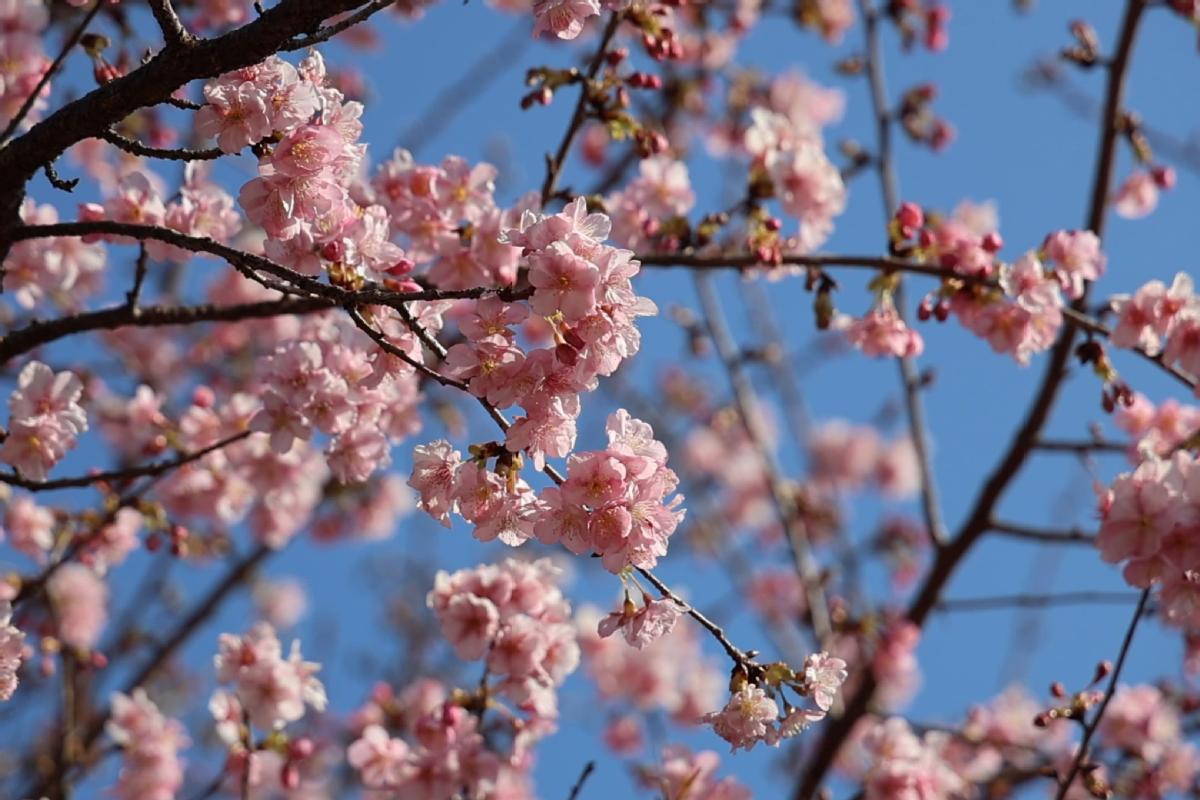It's cheers again as the sun sets


The nighttime, or evening economy is surging ahead in the Chinese mainland's post-COVID-19 economic recovery, emerging as a key catalyst in stimulating consumption in Guangdong province.
With the pandemic in check across much of the country, night spots are again drawing the crowds in a striking comeback as bars, shopping malls, exhibition centers, tourism spots and cruise companies launch novel nighttime products through emerging technologies or traditional culture.
Beside stalls and bars, top-notch shopping malls and brands are embracing the new models in creating new businesses.
Nighttime activities are important in reflecting a city's vitality and it's the first sign of economic recovery, said Li Jiwei, director of the Urban Economic Research Centre at the Meituan Research Institute, which is run by Beijing-based online consumption and retail giant Meituan.
Shenzhen's nighttime market had begun staging a rebound as early as March last year and, by April, it surpassed the level for the same period in 2019, and is showing strong resilience, he said.
According to a Meituan report, the ratio of nighttime consumption to all-day spending in Shenzhen is the highest of all first-tier mainland cities, WeChat Pay data confirms that the vitality as Shenzhen's evening economy tops the nation's first-tier cities.
This indicates that the nighttime economy is a significant factor in stimulating demand and consumption in Shenzhen, Li said.
Compared to conventional nighttime products and services, technology has emerged as a new tool for promoting more diversified consumption choices.
Li Yi, vice-president of the Tourism Research Institute at OCT Group — a Shenzhen-based theme park developer and operator — said the evening economy, empowered by technology, plays a huge role in facilitating the company's high-quality development. In return, their creative activities at night have diversified cultural and tourism choices, encouraging more people to go out and spend.
With the Shenzhen government urging residents to reduce mass population movements to rein in the pandemic, more than 18 million people chose to stay in the city during last month's Spring Festival, making Shenzhen one of the most crowded cities in China compared to previous years.
Happy Valley amusement park — one of Shenzhen's most popular theme parks operated by OCT Group — launched a nighttime attraction in January, "5D Fantasy Shadow Forest", with holographic projections, sensors and other digital technologies. It presented a 30,000-square-meter interactive zone with light and shadows.
Another OCT amusement park, China Folk Culture Village, launched a Lantern Fair during the Lunar New Year, integrating a traditional lantern exhibition with novel light shows. One of OCT's aquariums in Shenzhen presented dynamic video shows with virtual reality interactive technologies.
Foot traffic at OCT Group's parks last year recovered to 80 percent of its 2019 traffic despite the pandemic. Li Yi believes their recovery has benefited a lot from the nighttime economy.
He urged governments to create new products and services at night under regular epidemic prevention and control measures, and upgrade the nighttime economic development models.
Nighttime activities boost
SZ MIXC World — a high-end shopping mall in Shenzhen — has shown how top-level brands embrace and value nighttime consumption.
Chen Min, head of the mall's marketing department, said they opened a four-month-long midnight bazaar last year with more than 300 brands involved. Many of the food and beverage booths involved trendy new brands, like Beiping Machine Brewing and Field & Flour Restaurant.
"We also brought in new activities for a night market, such as yoga parties," he said. "To meet the demand of local consumers with a penchant for a high-quality lifestyle, we cherry-picked these brands to create a new night experience."
"At high-end shopping malls, we can also offer a new kind of night bazaar, different from the traditional street markets," Chen said. "It could be international, fashionable and appealing to consumers."
Chen said that high-end shopping malls in other cities have put on highly successful nighttime activities, and he is confident of promoting a high-quality nighttime economy in Shenzhen.
Bars are among the main attractions of the nighttime economy, and many in Guangdong province are transforming themselves.
Yongqing Fang — a renovated historical street embodying traditional Guangdong culture in Guangzhou — has begun focusing on nighttime consumption by opening five bars.
Wang Lu, marketing manager of Yongqing Fang, said they've carefully chosen bar and restaurant brands, including Helen's, which has opened more than 350 bars across the mainland in the past 16 years, and combined bars and liquor supermarkets for the young generation.
"Compared to conventional bar streets, the culture factor is our uniqueness as it's part of the Yongqing Fang tourism and commercial complex," Wang said.
"We invited these bars to create new products with local beers or alcohol, like Kweichow Moutai ice cream, and mix their style with traditional Guangzhou culture, like 'Old House Bar', which is located in an authentic historical building."
Such special features have injected new momentum into these bars in competing with others, she said.
- Space schedule opens with two launches
- Winter cherry blossoms create unexpected spectacles
- Chongqing park becomes stage for captivating natural phenomenon
- Chongqing's cat theme park draws visitors, aids rescues
- Winter fishing season brings fresh catches at Hunan's Liuye Lake
- Former Guizhou official gets 11-year sentence for bribery





































